The Government Accountability Office (GAO) recently released its biennial “High Risk List” for 2025, highlighting federal programs that are “vulnerable to waste, fraud, abuse, and mismanagement or in need of transformation.” The management of federal oil and gas resources is one issue that has remained on the high-risk list for the 8th time in a row.
The Department of Interior (DOI) is responsible for the oversight and management of approximately 700 million acres of public lands and waters. Over the last decade, DOI has leased nearly 24 million acres of those public lands for oil and gas development. When oil and gas resources are extracted from leased lands and waters, DOI collects a percentage of industry’s earnings from their sale, also known as a royalty, which is currently set at 16.67% for federal onshore leases and up to 18.75% for offshore leases. As the resource owners, federal taxpayers have a right to a fair return for minerals extracted from public lands and waters. Similarly, states and private landowners charge royalties for production on their lands.
DOI may not be collecting the government’s fair share from oil and gas produced on federal lands and waters.
The GAO notes that DOI specifically faces challenges with the compliance data systems, including a failed modernization of an IT system central to verifying oil and gas production volumes, to accurately collect royalties paid by companies for oil and gas production on federal leases. In particular, DOI’s Office of Natural Resources Revenue (ONRR) stopped estimating an annual royalty gap, the difference between the royalties ONRR received and what oil and gas producers should be paying, and did not offer any explanation to why they stopped efforts to estimate the gap. The last time ONRR provided an estimate was in 2011, and the royalty gap was around $100 million. Even assuming this gap has remained the same over the last decade, which is unlikely because federal oil production has more than quadrupled, taxpayers may be owed over $1 billion in royalties alone from oil and gas production over the last decade.
The GAO has previously identified the challenges that ONRR faces. In a report released in September 2024, the GAO found that ONRR does not have complete data on royalty violations. In examining ONRR’s compliance data, the GAO found multiple instances where violations were not reported, including one compliance review that resulted in a collection of over $11.7 million in unpaid royalties. The GAO also found that data from ONRR’s previous compliance system platform was not transferred to the new system due to “data integrity challenges”. Furthermore, ONRR’s compliance data system does not align with its royalty data system, making it difficult to verify consistency and accuracy across systems. The absence of complete data, along with the inability to compare data across different systems, prevents ONRR from accurately assessing historical compliance trends and refining the models used to select what companies to audit.
Taxpayers deserve to be fairly compensated for resources extracted from public lands. Without comprehensive data and compliance systems to ensure that oil and gas producers are paying what they owe, American taxpayers will continue to be shortchanged while oil and gas companies pocket billions of dollars as profit. In our recent letter to Secretary of the Interior Doug Burgum, TCS urged DOI to ensure that our oil and gas resources are valued appropriately and that taxpayers receive a fair return as DOI begins to implement executive orders to expand oil and gas leasing on public lands and review existing policies. If recently implement common sense reforms—such as eliminating noncompetitive leasing, increasing royalty rates, requiring adequate bonding to cover cleanup costs—are at risk, combined with continued under collection of royalties, taxpayers will be shortchanged billions of dollars while exposed to costly financial liabilities associated with oil and gas production.


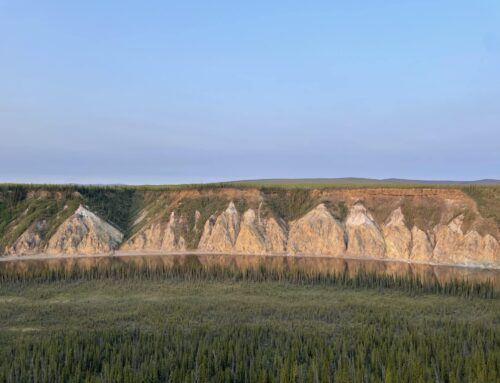
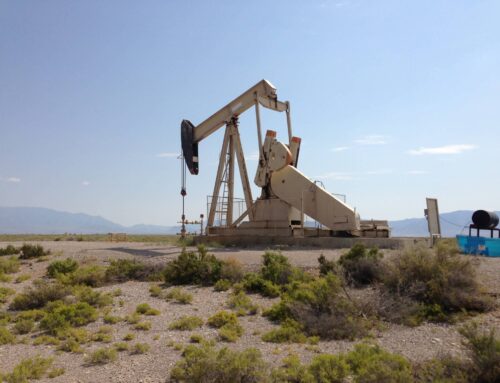
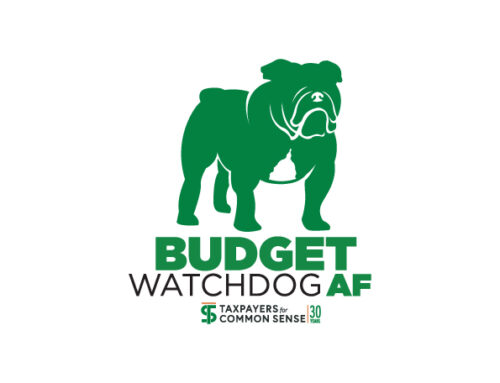

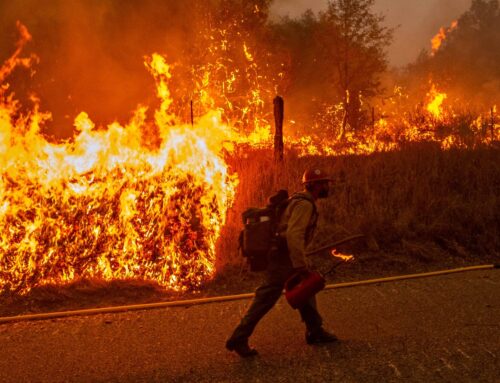

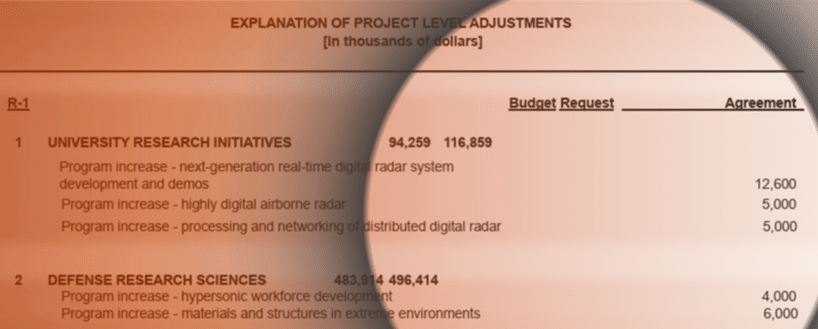
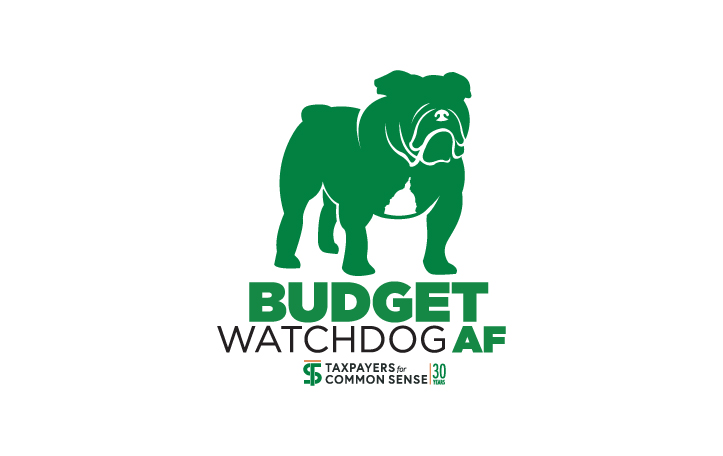

Get Social